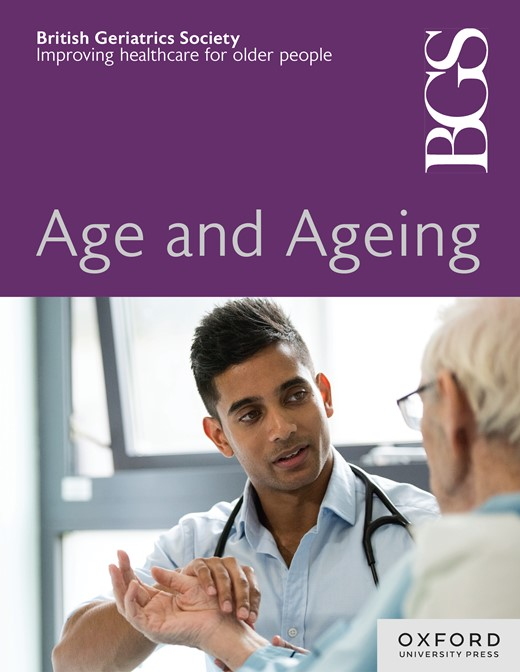Quadriceps muscle thickness as measured by point-of-care ultrasound is associated with hospital length of stay among hospitalised older patients
IF 6
2区 医学
Q1 GERIATRICS & GERONTOLOGY
引用次数: 0
Abstract
Background Predicting hospital length of stay (LOS) can potentially improve healthcare resource allocation. Recent studies suggest that point-of-care ultrasound (POCUS), specifically measurements of muscle thickness (MT), may be valuable in assessing patient outcomes, including LOS. This study investigates the hypothesis that quadriceps MT and echo intensity (EI) can predict patient outcomes, particularly LOS. Methods Quadriceps MT and EI were measured using POCUS in patients admitted to a hospital’s acute medical unit. Predictor variables included age, sex, MT, EI and the Charlson Comorbidity Index (CCI). The outcome variable was hospital LOS. Results One hundred twenty participants were included (average age 76 ± 7, with 64 women and 56 men). The mean LOS was 27 ± 31 days, and the mean MT was 20 ± 6 mm. Sex-based differences in MT were statistically significant (P = .032). Patients with prolonged LOS over 30 days had lower MT (mean 17 mm vs. 21 mm, P < .0001). One unit increase in MT was significantly associated with ~1.5 fewer days of hospital LOS, and one CCI score increase was associated with almost three more days of hospital LOS. Having low MT significantly increased the odds of staying in the hospital longer than 30 days by more than three times in all models. Conclusion Muscle thickness is a strong predictor of hospital LOS, highlighting the potential of POCUS for assessing patient outcomes.在住院的老年患者中,通过即时超声测量的股四头肌厚度与住院时间有关
背景预测住院时间(LOS)有可能改善医疗资源的分配。最近的研究表明,护理点超声(POCUS),特别是肌肉厚度(MT)的测量,可能对评估患者预后(包括住院时间)很有价值。本研究探讨了股四头肌 MT 和回声强度 (EI) 可预测患者预后,尤其是 LOS 的假设。方法 使用 POCUS 对某医院急诊科住院患者的股四头肌 MT 和 EI 进行测量。预测变量包括年龄、性别、MT、EI 和夏尔森合并症指数 (CCI)。结果变量为住院时间。结果 共有 120 名参与者(平均年龄为 76 ± 7 岁,其中女性 64 人,男性 56 人)。平均住院时间为 27 ± 31 天,平均 MT 为 20 ± 6 毫米。MT的性别差异具有统计学意义(P = .032)。住院时间超过 30 天的患者 MT 较低(平均 17 毫米对 21 毫米,P < .0001)。MT 每增加一个单位,住院时间就会减少约 1.5 天,CCI 评分每增加一个单位,住院时间就会增加近 3 天。在所有模型中,低 MT 会使住院时间超过 30 天的几率明显增加三倍以上。结论 肌肉厚度是住院时间的有力预测因素,凸显了 POCUS 在评估患者预后方面的潜力。
本文章由计算机程序翻译,如有差异,请以英文原文为准。
求助全文
约1分钟内获得全文
求助全文
来源期刊

Age and ageing
医学-老年医学
CiteScore
9.20
自引率
6.00%
发文量
796
审稿时长
4-8 weeks
期刊介绍:
Age and Ageing is an international journal publishing refereed original articles and commissioned reviews on geriatric medicine and gerontology. Its range includes research on ageing and clinical, epidemiological, and psychological aspects of later life.
 求助内容:
求助内容: 应助结果提醒方式:
应助结果提醒方式:


